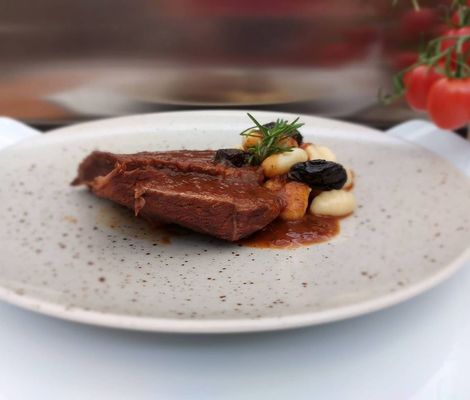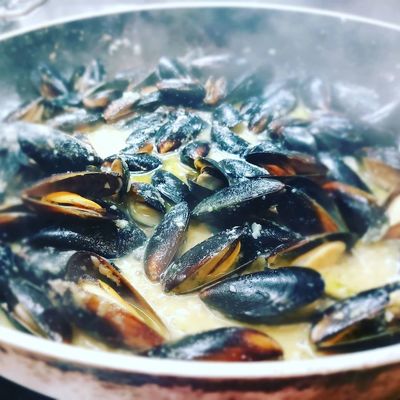Srednja škola BOL- Croatia
SHEEP, LAMBING, CHEESEMAKING
Sheep have been an important part of the culture and economy of our island ever since ancient times. In past, up until the past century, most families had at least a small herd of sheep, for their personal needs. Nowadays, it’s not as common, especially in the coastal villages, but there are still some families keeping the tradition alive.
The villages in the middle of Brač, such as Pražnica, Gornji Humac and Nerežišća, are not touristically developed because of their distance from the sea and their stone quarries were abandoned long ago, which makes agriculture and shepherding some of the main branches of their economy. Most people who have sheep today follow the example of our ancestors and keep only small herds. However, there are few families on the island who have bigger herds, ranging from few dozens to few hundreds. These families produce lamb and sheep meat, not only for their use but also for sale. Even fewer are those who make cheese, as it is a time and money consuming process.
Lambing season usually starts around the end of February, but it all depends on the shepherd. It’s important to monitor the first days of lambs’ lives because many complications can occur over that period; ewes can reject their lamb, lambs can be born prematurely or they can be too frail and even sick, etc. The lambs spend their first several months alongside their mothers. They get separated around the time when they are able to consume foods other than milk, after about a month. At that point, slaughtering can commence. The first lambs to be killed are “dupli” – one of the twins because most ewes don’t have enough milk to raise both. Some shepherds, usually the ones with small herds, choose to keep lambs alive until they need the meat, so they slaughter them on multiple occasions. Those who have bigger herds tend to do it all at once, if possible, and then immediately sell or freeze the meat. Brač lamb is very sought after because it is considered of high quality. Some of our most famous specialities are made from lamb: lamb roasted on a spit and “vitalac”, which is made of offal, guts and lamb handkerchief. But, since we don’t like wasting many more things are prepared: cooked blood, boiled stomachs, fried guts, sautéed brains, feet broth, etc.
When lambing season ends cheesemaking begins. This is because sheep are left with milk even if the lambs are gone. In our household, the first wheel of cheese of the season is made the same they we slaughter lambs, which always happens on May 1st. Some people start even earlier, mid-April. Traditional cheesemaking on Brač is slowly going extinct. There are fewer and fewer families who make cheese as years go by, which is understandable because it’s a very demanding process and, unless you invest a lot and often, it isn’t profitable. My family is one of several families in our village that still makes cheese. For us, it is very important to keep all these traditions alive, not only because it’s one of our main sources of profit, but because it’s something that connects us with our ancestors and with the very island we live on.
Vana Buvinić, 3.a
COOKING IN SCHOOL- TEACHER DRAGICA MARČIĆ and STUDENTS

